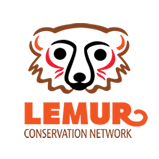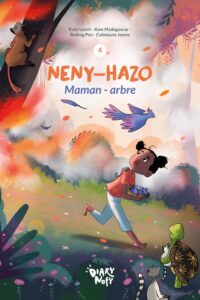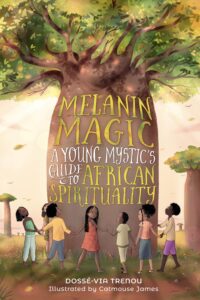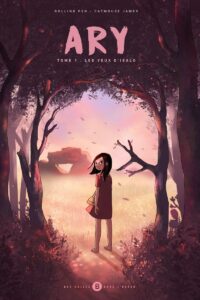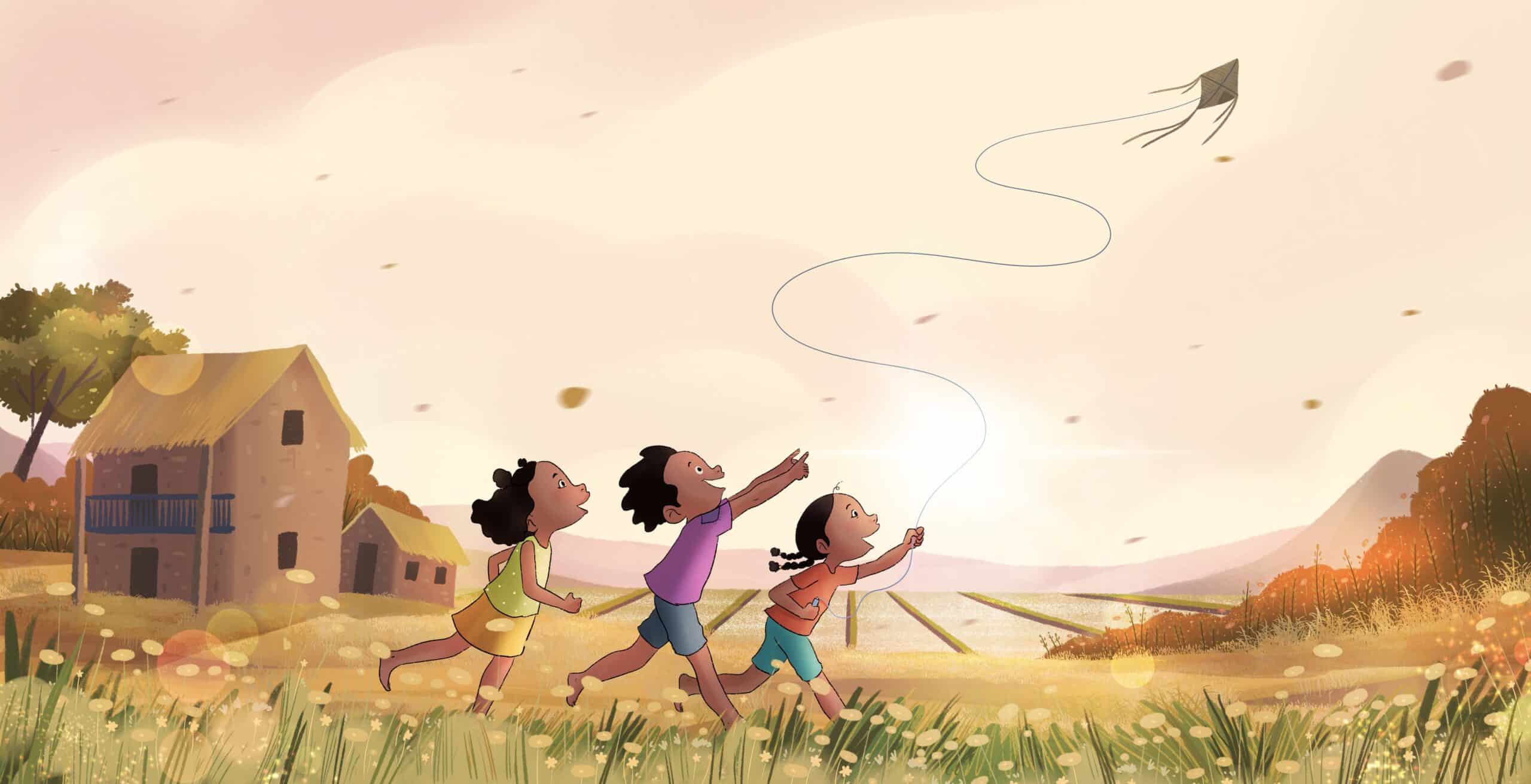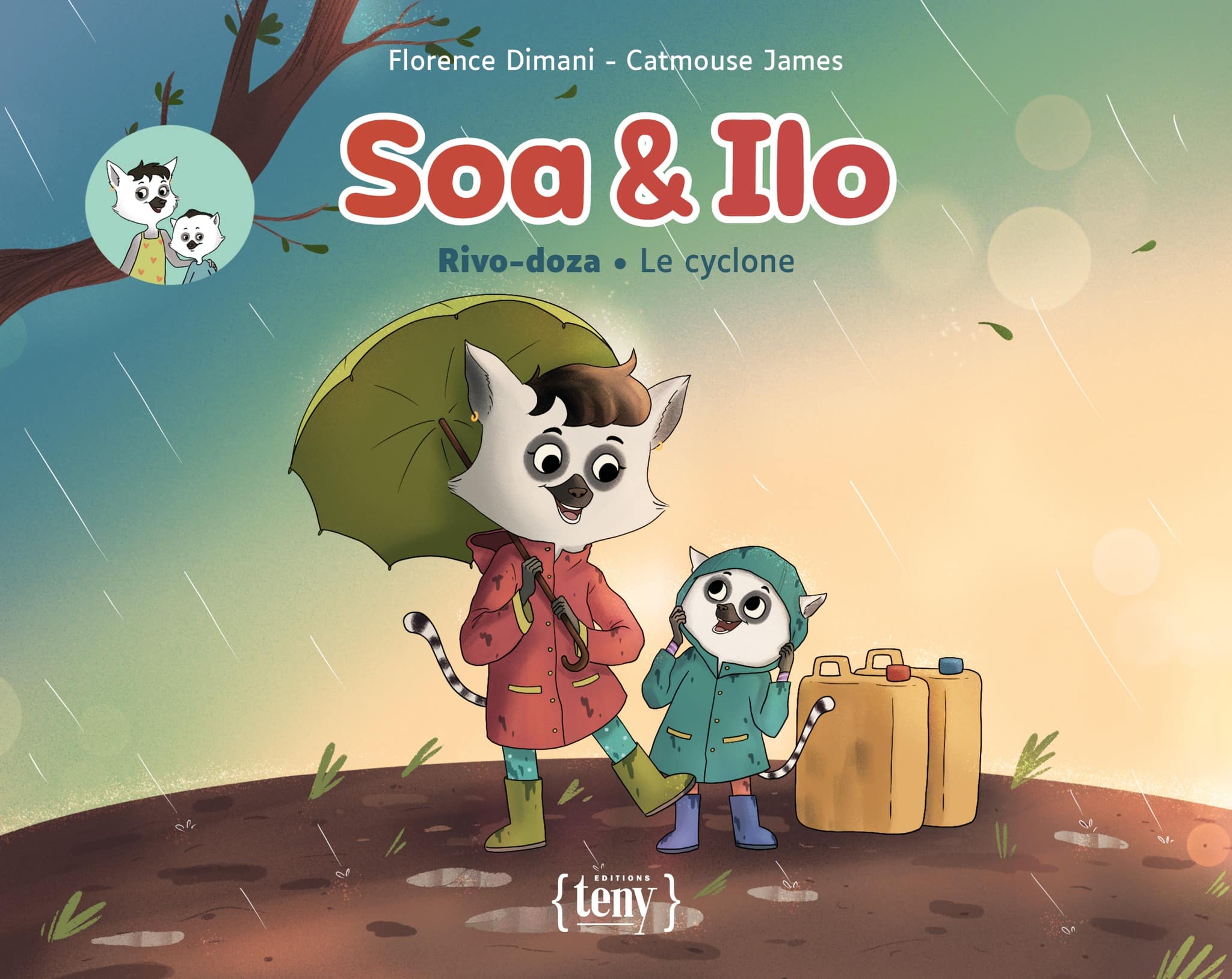The 2025 World Lemur Day logo was illustrated by Malagasy artist Dinah Rajemison, who goes by Catmouse James. We speak about her experience as an illustrator, her books about nature and animals for Teach for Madagascar, and her hope for the future of Madagascar.
This October, join Dinah and artists around the world for our online art challenge!

Hi there! Can you introduce yourself to our readers?
Hello! My name is Dinah Rajemison, I am 35 years old, and I am an author and illustrator. I sign my work under the pseudonym Catmouse James.
I come from Arivonimamo, which is not far from Antananarivo, where I currently live. I studied marketing and strategy, but I guess my childhood dreams brought me back to writing and drawing.
To date, I have illustrated four comic books, two collective albums, and a few children’s books. But I’m not chasing after the number of publications; I like to take life slowly.
I’d rather spend four years writing and illustrating a book that is close to my heart than produce ten in a year. I like to be completely absorbed by my work because it brings me closer to my subject in depth.
What inspires you to create artwork?
My books all deal with different subjects, and I usually write and/or illustrate a book because the theme speaks to me at that moment, because the theme is part of who I am or who I want to become. So I might talk about screen addiction because it’s one of the major things I find horrible right now. Or, I might talk about lemurs because I love animals and believe they are more intelligent than humans. To sum up, I would say that I am inspired by what I love and what revolts me.
Have you created artwork for other NGOs in Madagascar?
Yes, I have worked for a few organizations in Madagascar, including Transparency International Madagascar on the illegal wildlife trade.
I also illustrated the third edition of Diary Nofy for Teach For Madagascar.
It talks more broadly about the power of nature, but there are lots of wild animals in the stories, including lemurs. As there are six books in total, several themes are covered, such as bush fires, the place of wild animals, and nature having a voice if you listen carefully.
The books will be released on October 17th, and I can’t wait to see them in the hands of many children in different regions of Madagascar. Hats off to Teach For Madagascar for their inspiring and totally selfless dedication.
Books illustrated by Catmouse James
Do you have a favorite lemur species?
I don’t have a favorite species of lemur. There are so many in Madagascar, and life is too short to get to know them all.
I would say that I love baby lemurs—all of them! Seeing them makes me deeply happy and gives me hope.
Is there a park or reserve that you enjoy visiting in Madagascar?
There is Lemurs Park, which is on National Road 1. Recently, a little baby sifaka was born there, and I dream of going to see it. I will probably stop there when I go to Arivonimamo.
One of my favorite visits was when I was in Maroantsetra two years ago, where I saw lemurs, but from very far away. At the time, I was a little sad to see them from so far away.
I told myself that it’s not such a bad thing that these animals are far from human eyes, given everything they already endure with the illegal exploitation of their forests. Sometimes I think it’s good that people don’t see them.
What do you hope for the future of Madagascar?
I hope that in the future, or rather starting today because it’s already late, people will realize that wild animals don’t belong in human homes or in cooking pots, but in a healthy forest. One of my biggest disappointments during one of my trips was a restaurant that kept lemurs on leashes in their yard for special orders. I also hope to see more and more baby lemurs.
And finally, I hope that humans will see something other than money when they see lemurs or any other animals for that matter.
